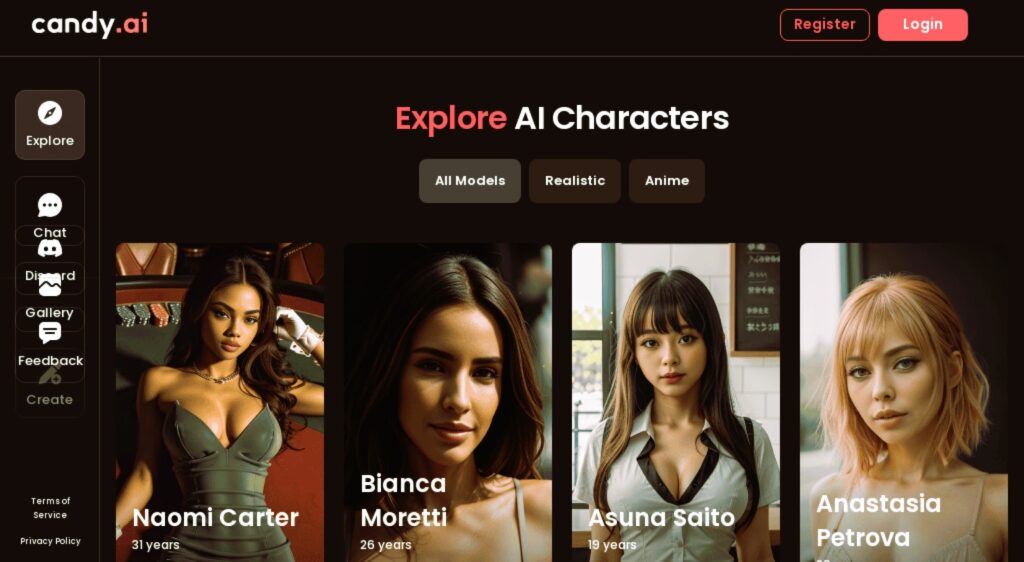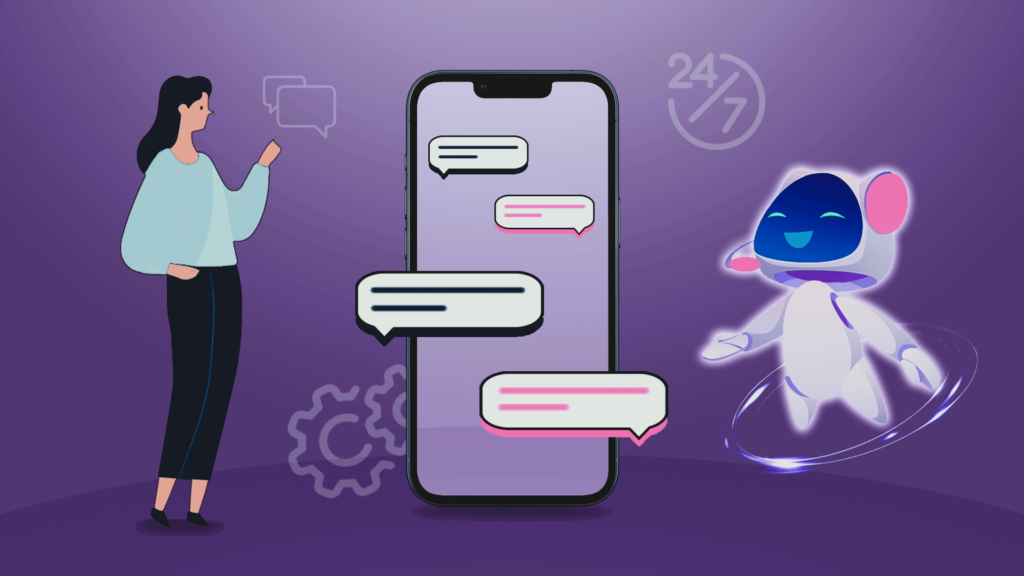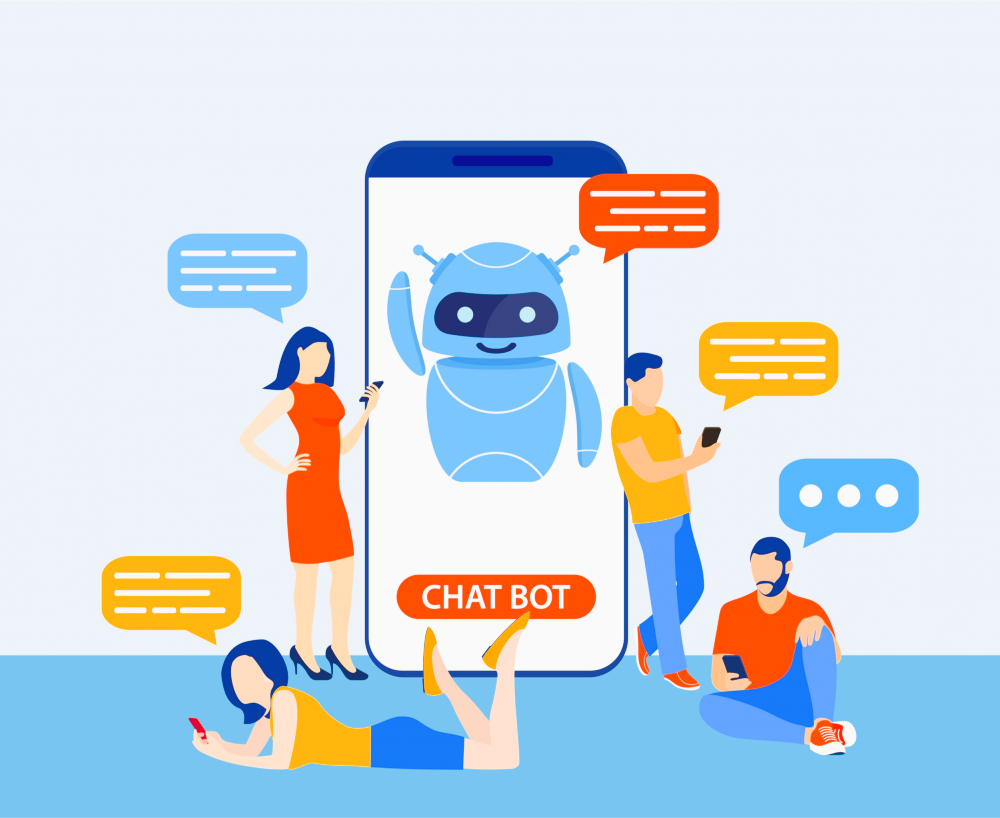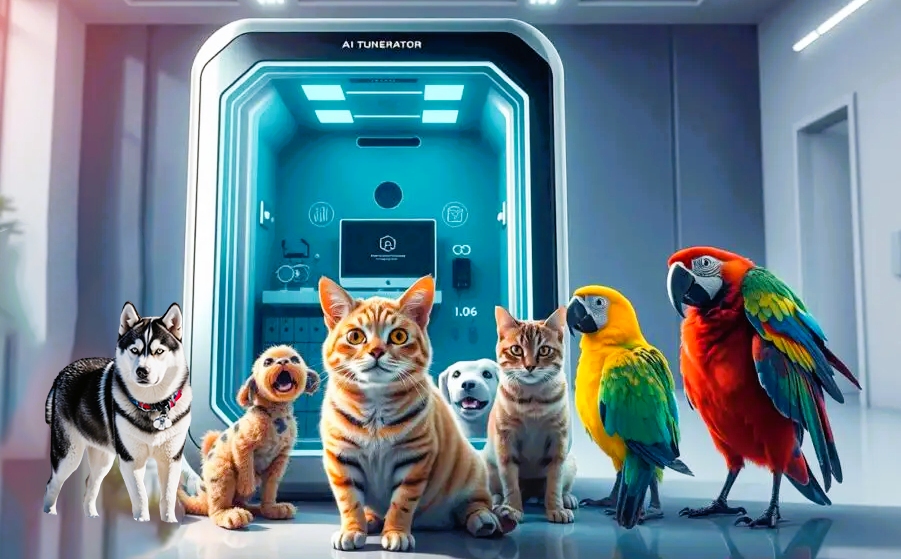Chatbots have become an essential part of our online experience. They help us with everything from customer service to providing information. However, there is a growing trend of “no filter” chatbots that can say anything without restrictions. This article will explore what “chatbot no filter” means, how it works, its benefits, and some potential drawbacks.
What Does “Chatbot No Filter” Mean?
A “no filter” chatbot is a conversational agent that operates without strict guidelines on what it can say. It can express opinions, humor, or even share controversial views. In contrast, most chatbots are programmed with specific rules to ensure they provide safe and appropriate responses.
No filter chatbots seem appealing because they can offer more authentic and engaging interactions. However, this freedom also means they can produce unexpected or inappropriate responses.
How Does a No Filter Chatbot Work?
No-filter chatbots use advanced artificial intelligence (AI) and natural language processing (NLP) to understand and generate human-like responses. They are trained on vast amounts of data, including conversations, articles, and social media posts, which helps them learn how to communicate naturally.
Unlike traditional chatbots that rely on predefined scripts, no-filter chatbots learn from the context of the conversation. They analyze the user’s input and generate responses based on patterns they have learned. This makes them more adaptable and capable of handling various topics and questions.
The Technology Behind No Filter Chatbots
- Machine Learning: These chatbots use machine learning algorithms to improve their responses over time. As they interact with more users, they better understand language nuances and user preferences.

- Natural Language Processing: NLP allows chatbots to comprehend human language meaningfully. This technology helps them identify the intent behind a user’s message and generate appropriate replies.
- Large Language Models: Many no-filter chatbots produce text using large language models like GPT (Generative Pre-trained Transformer). These models have been trained on extensive datasets, allowing them to generate coherent and contextually relevant responses.
Benefits of No Filter Chatbots
No-filter chatbots offer several advantages that make them appealing to users and businesses alike:
- Authentic Conversations: Users often prefer interactions that feel genuine. No filter chatbots can provide more relatable and human-like conversations, making users feel understood.
- Flexibility: Because strict rules do not limit them, no-filter chatbots can adapt to a broader range of topics and scenarios. This flexibility allows them to engage in meaningful discussions on various subjects.
- Enhanced Engagement: No-filter chatbots can keep users engaged longer by being less formal and more conversational. This can lead to increased user satisfaction and better retention rates.
- Creativity: These chatbots can generate creative responses, jokes, and stories that entertain users. This creativity can enhance the overall user experience.
Potential Drawbacks of No Filter Chatbots
While no-filter chatbots have many benefits, there are also some concerns to consider:
- Inappropriate Content: These chatbots might generate offensive or improper responses without filters. This can be especially problematic in professional settings where maintaining a respectful tone is essential.
- Misinformation: No filter chatbots may inadvertently spread false information. Since they generate responses based on learned data, there is a risk of sharing incorrect or misleading information.
- Lack of Control: Businesses may need help to control the messages their chatbots send. This lack of control can harm a brand’s reputation if the chatbot says something controversial or misleading.
- User Discomfort: Some users may feel uncomfortable interacting with a chatbot with no filter. They might prefer a more traditional, safe, and predictable experience.
Finding a Balance
Given the pros and cons of no-filter chatbots, developers, and businesses must balance freedom of expression and safety. Here are some strategies to achieve that balance:

- Set Guidelines: Developers can establish clear guidelines for chatbot behavior. While allowing flexibility, these guidelines should ensure that responses remain appropriate and informative.
- User Preferences: Businesses can offer users the option to choose between a no-filter experience or a more controlled interaction. This allows users to engage in a way that feels comfortable for them.
- Monitoring and Feedback: Regularly monitoring chatbot conversations and gathering user feedback can help identify issues. If a chatbot generates inappropriate content, developers can adjust its training data or guidelines accordingly.
- Transparency: Businesses should be transparent about their chatbots’ capabilities. Informing users that they are interacting with a no-filter chatbot can set expectations and help users navigate conversations more effectively.
Conclusion
Chatbot no-filter technology is an exciting development in AI and customer interaction. It offers the potential for more authentic and engaging conversations, allowing users to connect with chatbots in new ways. However, the lack of restrictions also brings risks, including the possibility of inappropriate content and misinformation.
To make the most of this technology, developers and businesses must implement strategies that promote safety while allowing creativity and flexibility. By doing so, they can harness the benefits of no-filter chatbots while minimizing potential drawbacks.
As the landscape of chatbot technology continues to evolve, finding the right balance will be vital to creating positive and valuable user experiences. Whether you are a business looking to implement a chatbot or a user curious about interacting with one, understanding the implications of “chatbot no filter” is crucial in today’s digital age.





